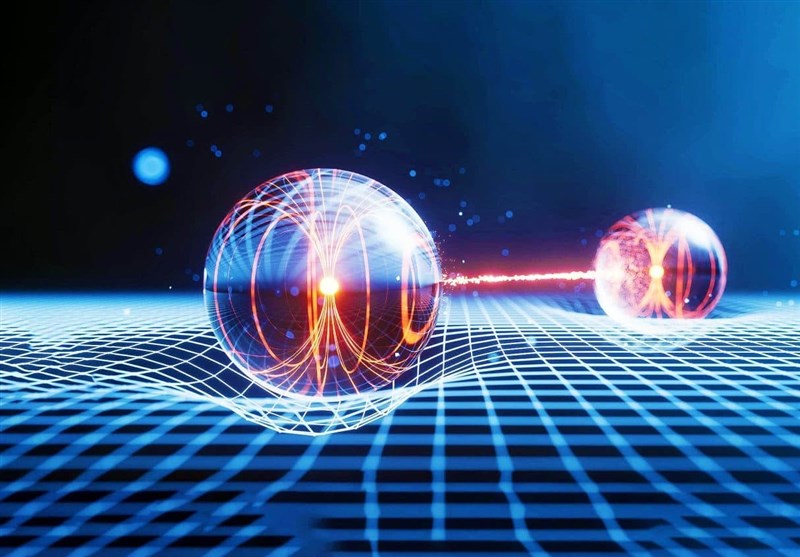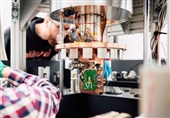Researchers Make Breakthrough in Real-Time Visualization of Entangled Photons
TEHRAN (Tasnim) - Scientists from the University of Ottawa and Sapienza University of Rome have developed a pioneering technique for real-time visualization of entangled photon wave functions, marking a significant advancement in quantum mechanics.
The field of quantum mechanics continues to evolve, challenging our understanding of reality with new discoveries. Recent advancements have shed light on the complex wave functions of entangled photons, offering unprecedented insights into the behavior of these fundamental particles, according to Earth.com.
At the forefront of this research are experts from the University of Ottawa and Sapienza University of Rome. Their innovative approach allows for real-time visualization of entangled photon wave functions, pushing the boundaries of quantum science.
Quantum entanglement is a phenomenon that demonstrates the profound interconnectedness of two particles. When the state of one particle changes, it can instantly influence the state of the other, regardless of the distance between them. This concept is akin to knowing the other shoe of a pair as soon as you pick up one.
Central to quantum mechanics is the wave function, which encapsulates the quantum state of a system. The wave function provides essential information about quantum particles, such as position and velocity, enabling scientists to predict measurement outcomes effectively.
Traditionally, visualizing the wave function of complex systems like entangled photons required quantum state tomography, a time-consuming and noise-prone method. However, recent advancements have introduced a new technique inspired by digital holography in classical optics. This method involves capturing an interferogram, an image resulting from the interference of light scattered by an object with a reference beam.
Researchers have enhanced this concept by superimposing a well-known quantum state with the unknown one, capturing the spatial distribution of simultaneous photon arrivals, known as a coincidence image. This technique relies on an advanced camera that captures events with nanosecond precision at each pixel.
Dr. Alessio D’Errico, a postdoctoral fellow at the University of Ottawa and co-author of the study, highlighted the efficiency of this approach. "This method is exponentially faster than previous techniques, requiring only minutes or seconds instead of days," D’Errico explained. "Importantly, the detection time remains unaffected by the complexity of the system, providing a solution to the long-standing scalability challenge in projective tomography."
This breakthrough holds significant implications for the future of quantum technology. Faster and more accurate characterization of quantum states can propel advancements in quantum communication, quantum computing, and quantum imaging techniques. Enhanced understanding and manipulation of entangled states could lead to more secure communication channels and advanced computational systems surpassing classical computers.
In quantum computing, precise control over quantum states is essential for creating algorithms capable of solving problems deemed impossible by traditional computers. Quantum communication can achieve secure data transmission by leveraging the unique properties of entangled particles. Quantum imaging offers the possibility of high-resolution imaging at previously unattainable scales and sensitivities.
This research not only addresses fundamental questions about the nature of reality at the quantum level but also lays the groundwork for practical applications that could transform industries and enhance our everyday lives.






